UN Claims of Greater Access to Drinking Water Are ‘Baloney,’ Water Expert Says
Water quality is a serious problem that is not properly acknowledged, says top water expert and adviser Asit Biswas.
An award-winning water and sanitation expert is challenging United Nations agencies that claim the world is on track to achieve safe drinking water goals.
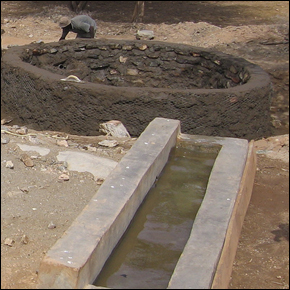
The March 2010 update from the World Health Organization on global progress toward meeting the UN Millennium Development Goals (MDG) declared that countries would surpass the drinking water goal, but fall short of the sanitation target by more than a billion people. The progress report estimated that 1.7 billion people had gained access to improved sources since 1990. The MDG for water is to reduce the number of people without access to improved water sources by half.
But the U.N. figures are being disputed by Asit Biswas, president of the global water management think tank, Third World Centre for Water Management. The problem with the recent assessment is that it measures infrastructure development instead of improvements to water quality, according to Biswas, who won the Stockholm Water Prize in 2006, the top award for the water field.
“If somebody has a well in a town or village in the developing world and we put concrete around the well – nothing else – it becomes an ‘improved source of water’. The quality is the same but you have ‘improved’ the physical structure, which has no impact,” said Biswas in an interview with the Guardian. “They are not only underestimating the problem, they are giving the impression the problem is being solved. What I’m trying to say is that’s a bunch of baloney.”
While the MDGs focus on protecting water sources from local contamination, the water quality from that source is not part of the metric.
Biswas, who has advised the governments of India and Egypt on water issues, said inadequate municipal water supply systems often stem from mismanagement and corruption rather than physical water scarcity. Meanwhile, the WHO progress report acknowledged that measuring water quality was difficult and expensive.
A forthcoming WHO/UNICEF pilot study of country-level water quality testing found that 90 percent of piped systems met WHO microbial standards, but only 40 to 70 percent of other improved sources were in compliance.
“We know how many people have access to water,” said the Prince of Orange at World Water Day in Nairobi, Kenya, “but we don’t know how many have safe water.”
Source: Guardian
Brett writes about agriculture, energy, infrastructure, and the politics and economics of water in the United States. He also writes the Federal Water Tap, Circle of Blue’s weekly digest of U.S. government water news. He is the winner of two Society of Environmental Journalists reporting awards, one of the top honors in American environmental journalism: first place for explanatory reporting for a series on septic system pollution in the United States(2016) and third place for beat reporting in a small market (2014). He received the Sierra Club’s Distinguished Service Award in 2018. Brett lives in Seattle, where he hikes the mountains and bakes pies. Contact Brett Walton


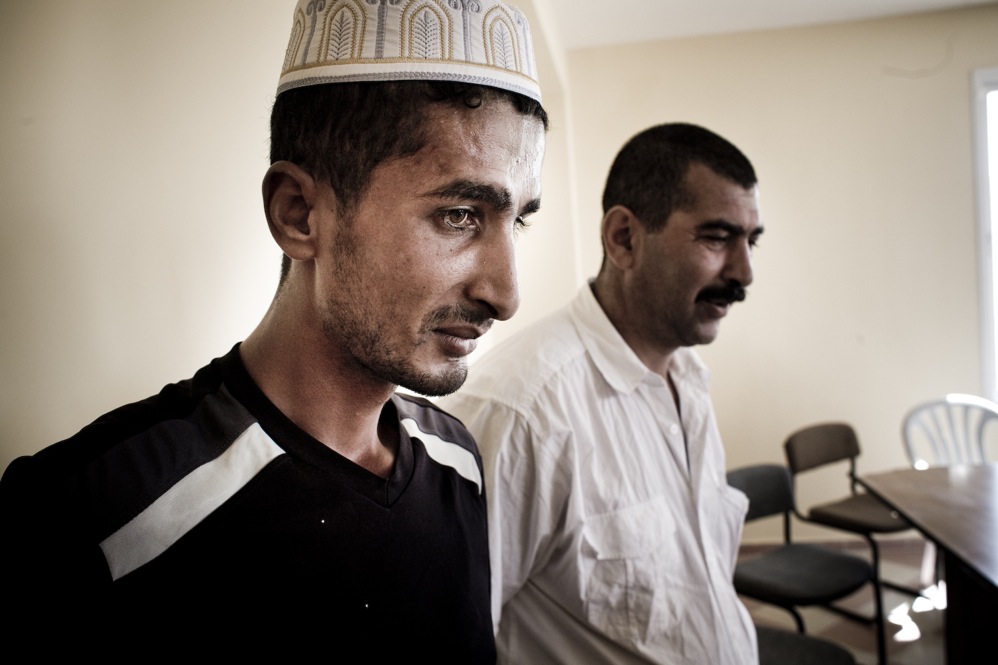
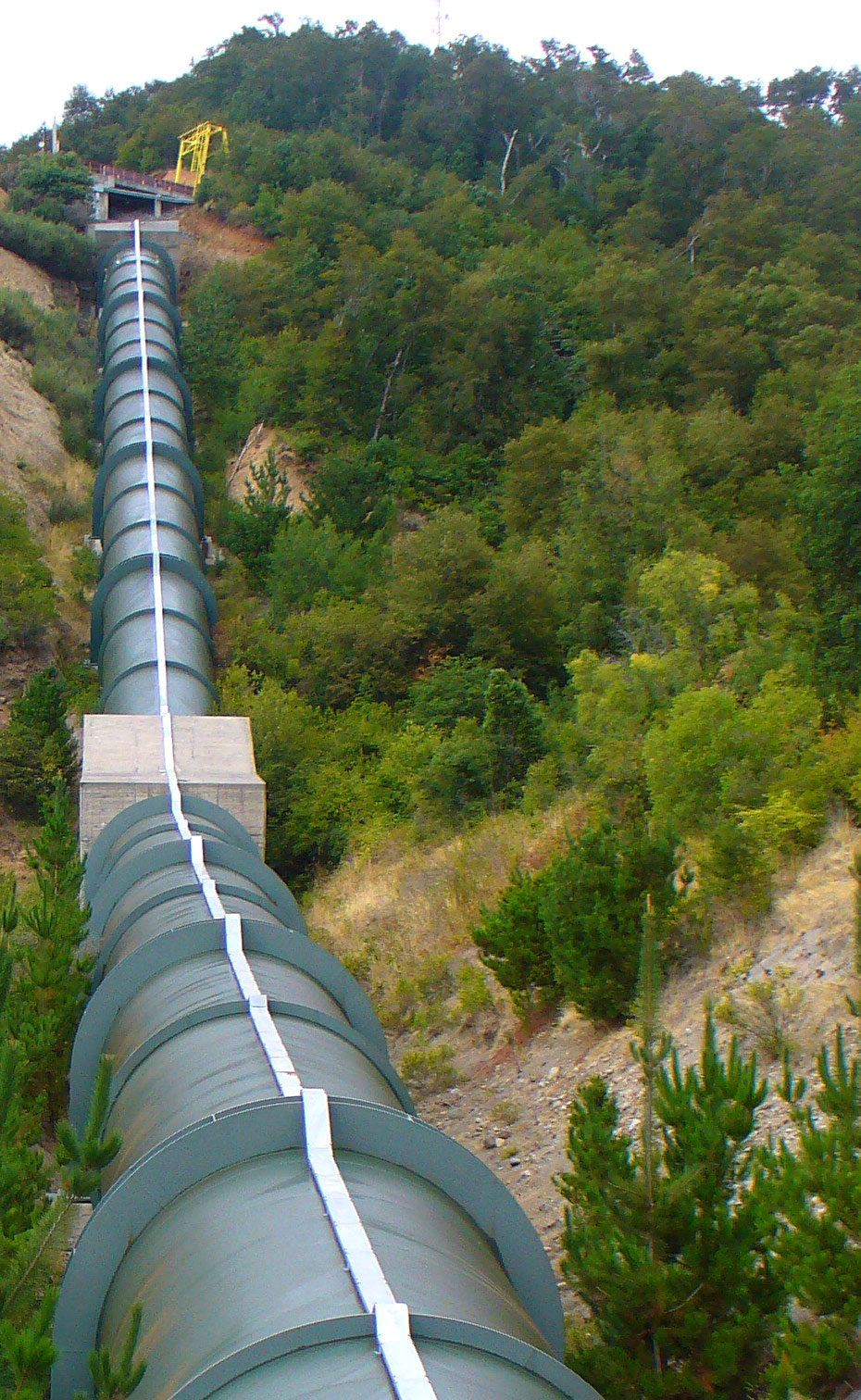
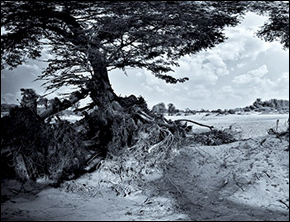



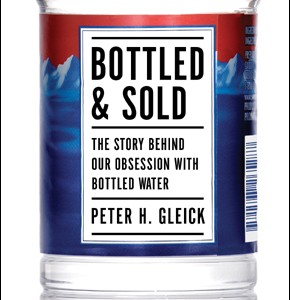
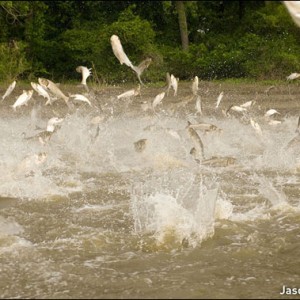
Leave a Reply
Want to join the discussion?Feel free to contribute!